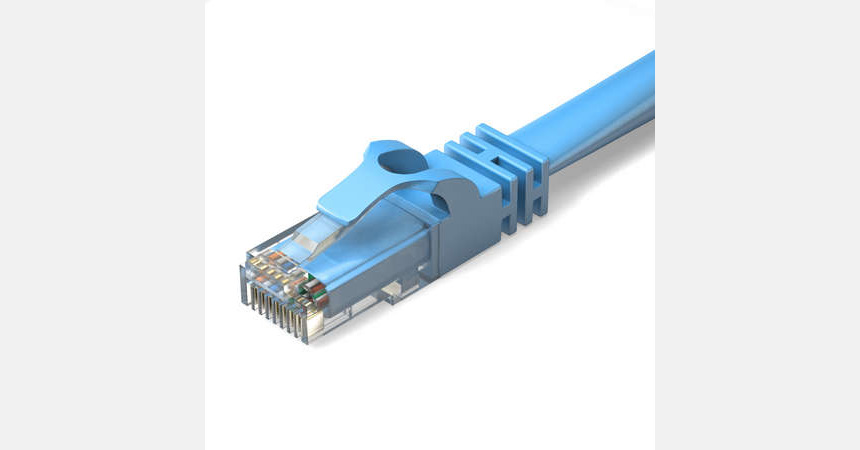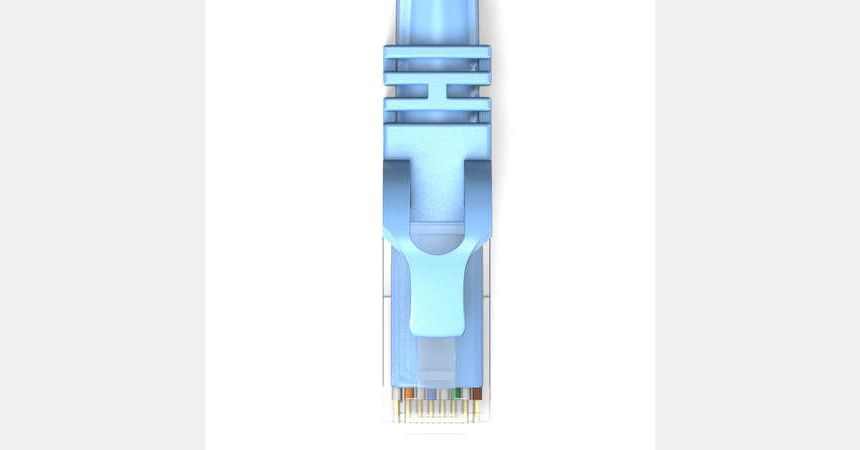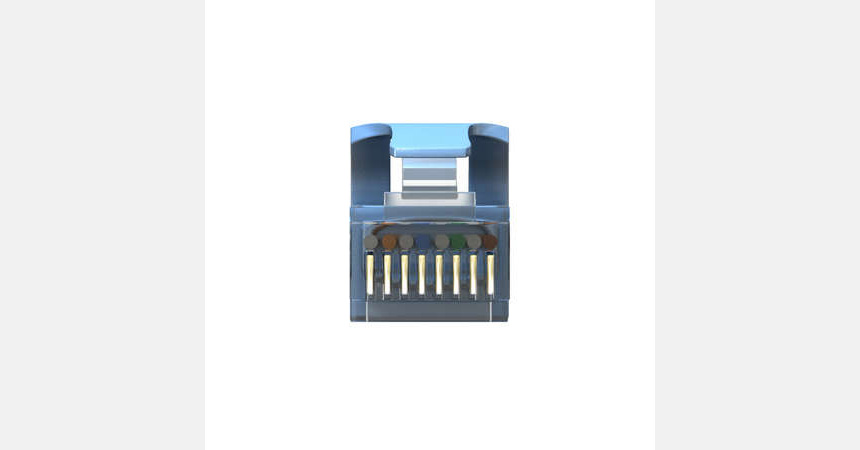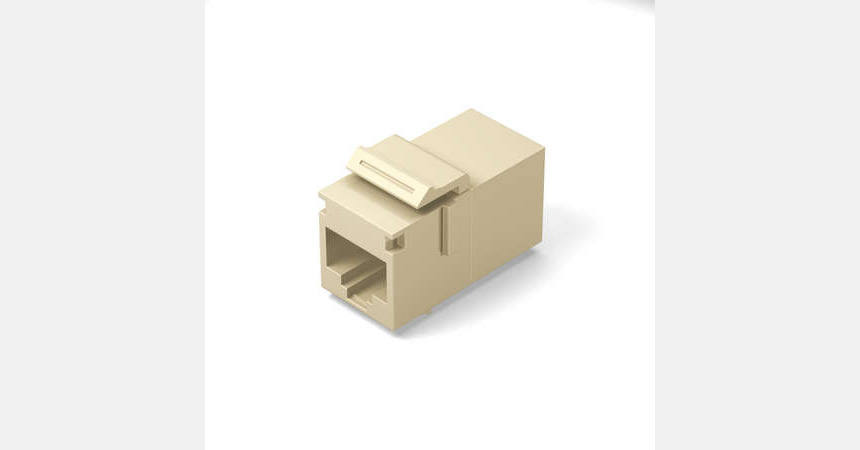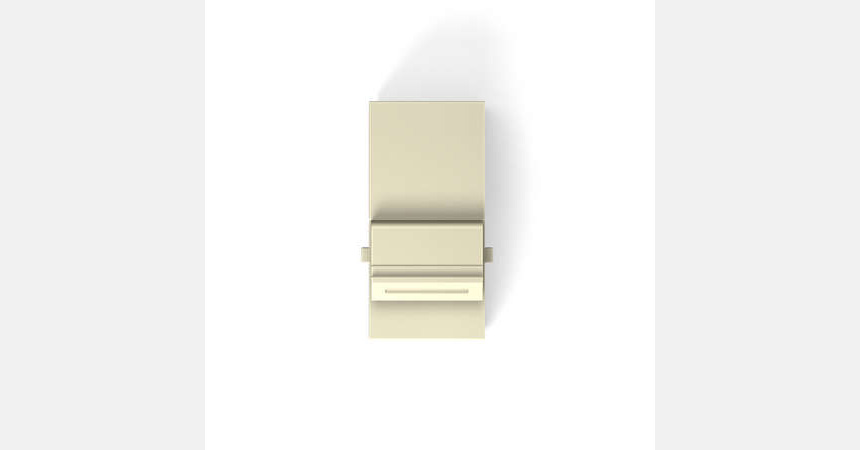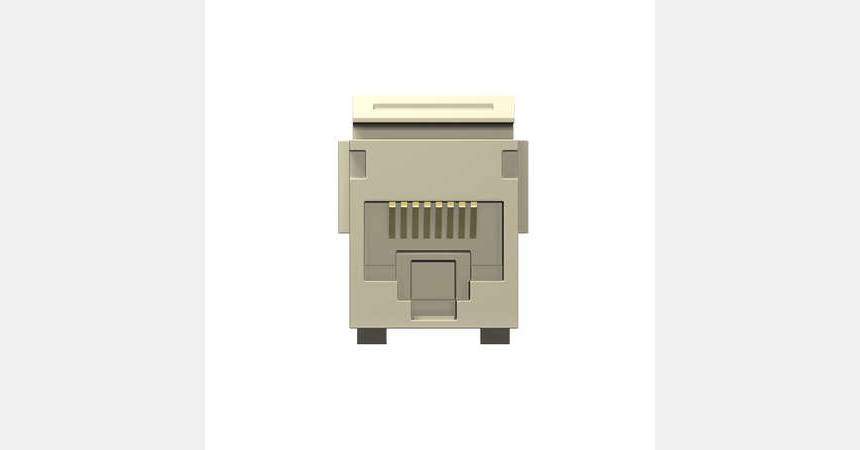What are modular connectors?
_
6-pin RJ-12
The RJ-12 connector has 6-position, 6-conductor arranged in a single row. This connector is used for voice/data applications: telephone (two-line), networking, extended-distance peripherals.
_
4-pin RJ-11
The wiring scheme for a single line phone was identified as "RJ11", and the name stuck to describe the connector used on a phone cord. Today, RJ-11 is widely used in the connectivity industry to denote a 6-position, 4-conductor modular connector or jack.
_
RJ-45
An 8-position, 8-conductor modular connector that is most often used for data networks such as Ethernet. RJ-45 connectors are physically wider than the RJ-11/12 connectors used for telephone. In network applications, RJ-45 cable assemblies are used to connect from a patch panel to a network switch, and also to connect a computer's NIC to a data port.
_
10-pin RJ-45
This is a 10-position, 10-conductor modular connector. This is a relatively uncommon connector. The typical application for this connector is on a T1 cable.
RJ-48
RJ-48 is actually the same modular connector as an RJ-45 connector in that it has 8 positions and 8 conductors. However, the term is often used to describe a shielded version of the RJ-45 connector. RJ-48 connections are commonly used for T1 or other "leased-line" applications.
DEC MMP/MMJ
A special version of the 6-position (RJ-11/12) plug. MMP stands for Modified Modular Plug (MMJ for Modified Modular Jack), and it is easily recognized by its locking tab, which is offset from the center of the plug body. MMP/MMJ connections were often found on equipment manufactured by the now-defunct Digital Equipment Corporation (DEC), and so the name lives on in this connector.
RJ-22
A smaller version of the RJ-11 modular plug, the RJ-22 has only 4 pin positions. It is typically used on telephone handsets. RJ-22 is an "unofficial" designation, not part of the official USOC recognized by the FCC.


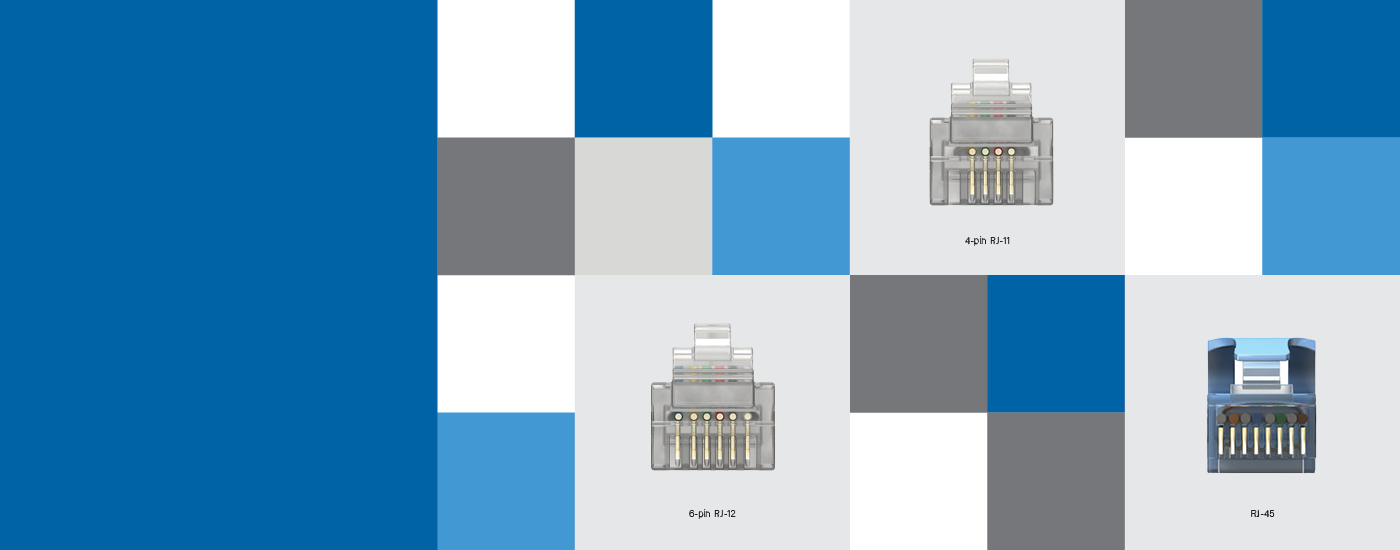
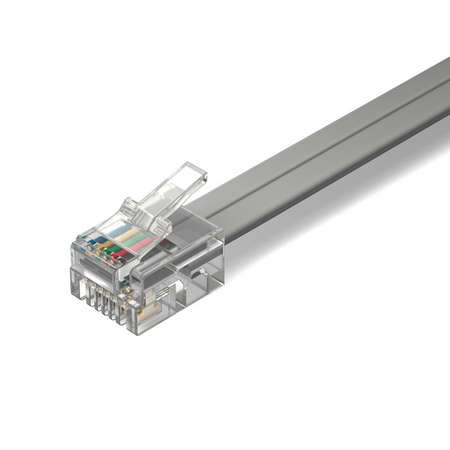 View 6-pin RJ-12 connector gallery
View 6-pin RJ-12 connector gallery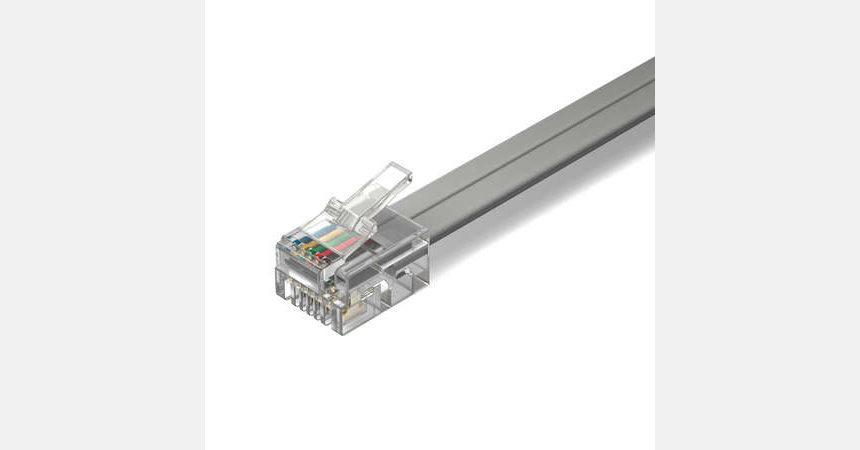
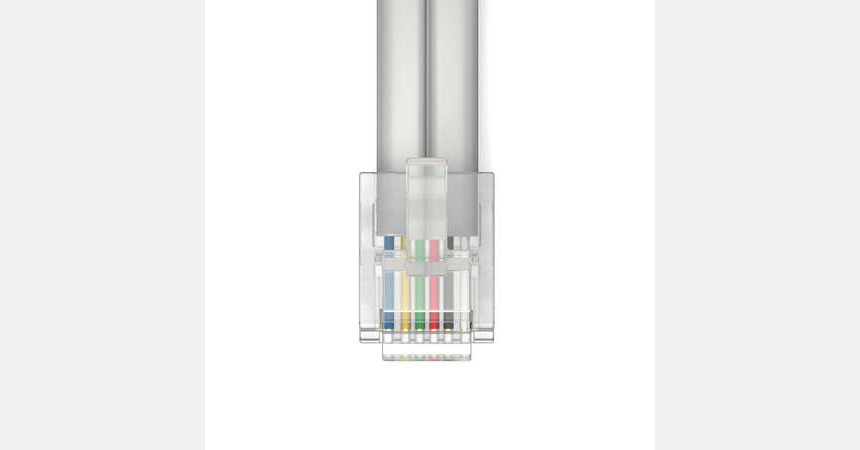
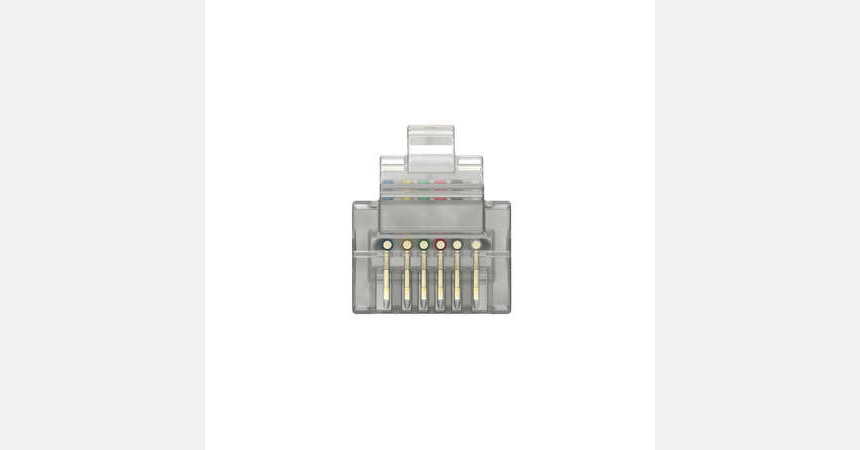
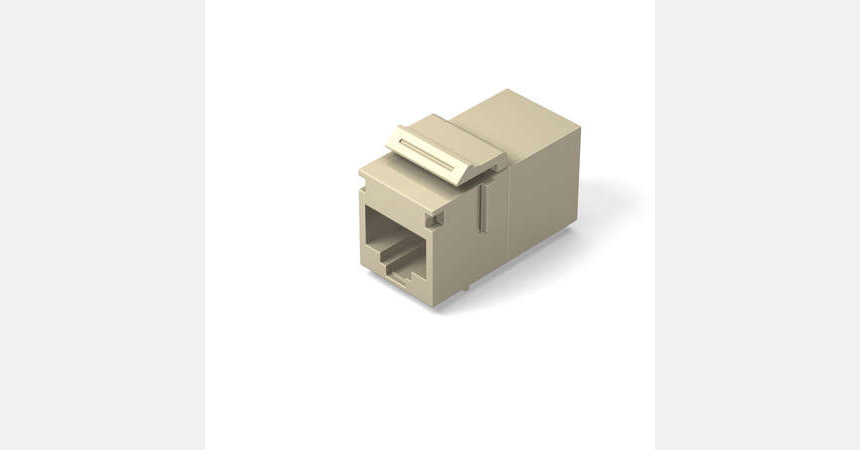
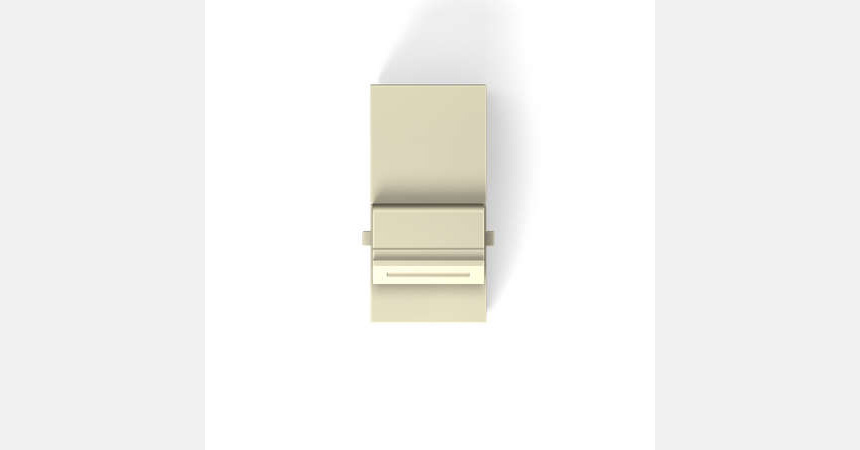
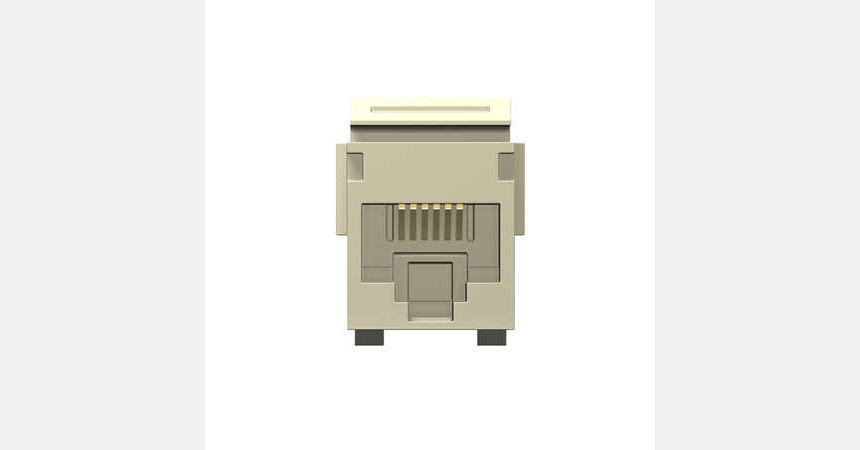
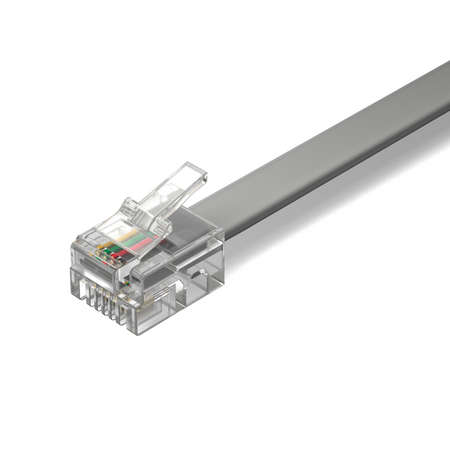 View 4-pin RJ-11 connector gallery
View 4-pin RJ-11 connector gallery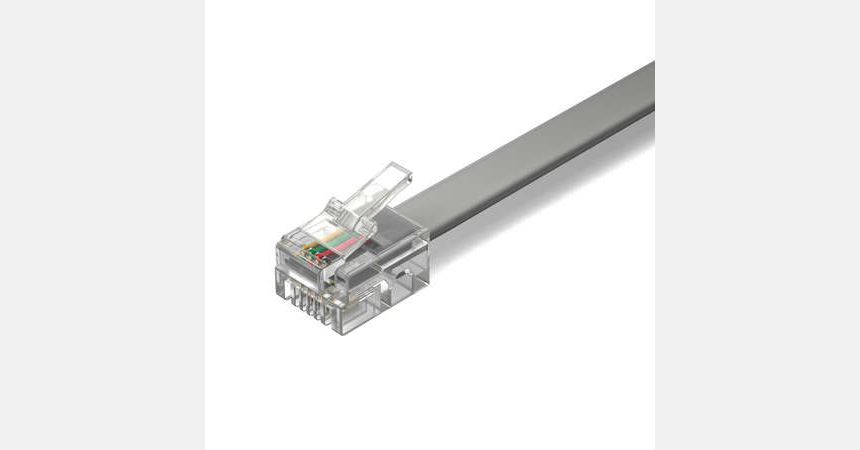
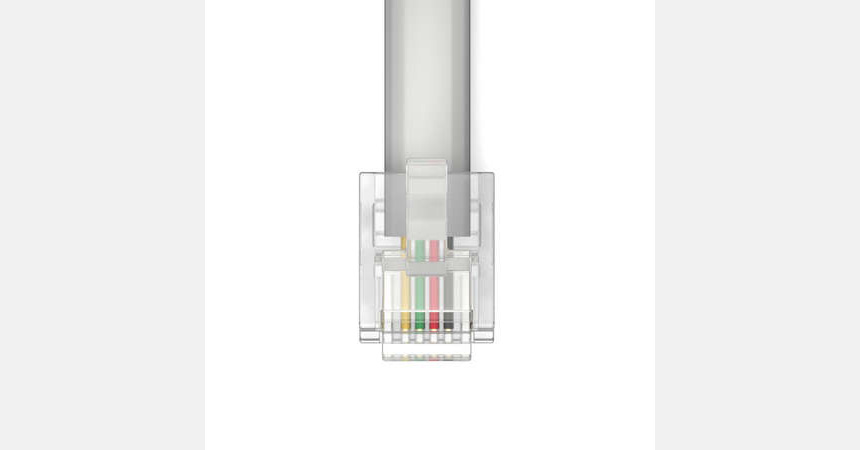
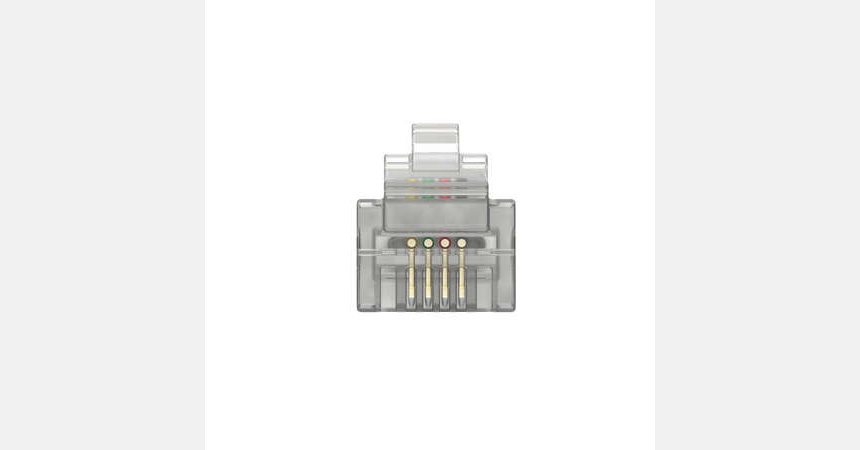
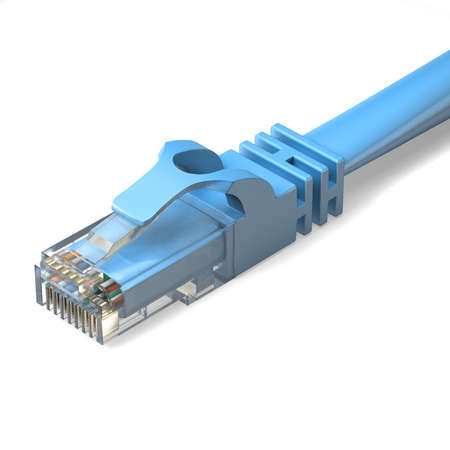 View RJ-45 connector gallery
View RJ-45 connector gallery